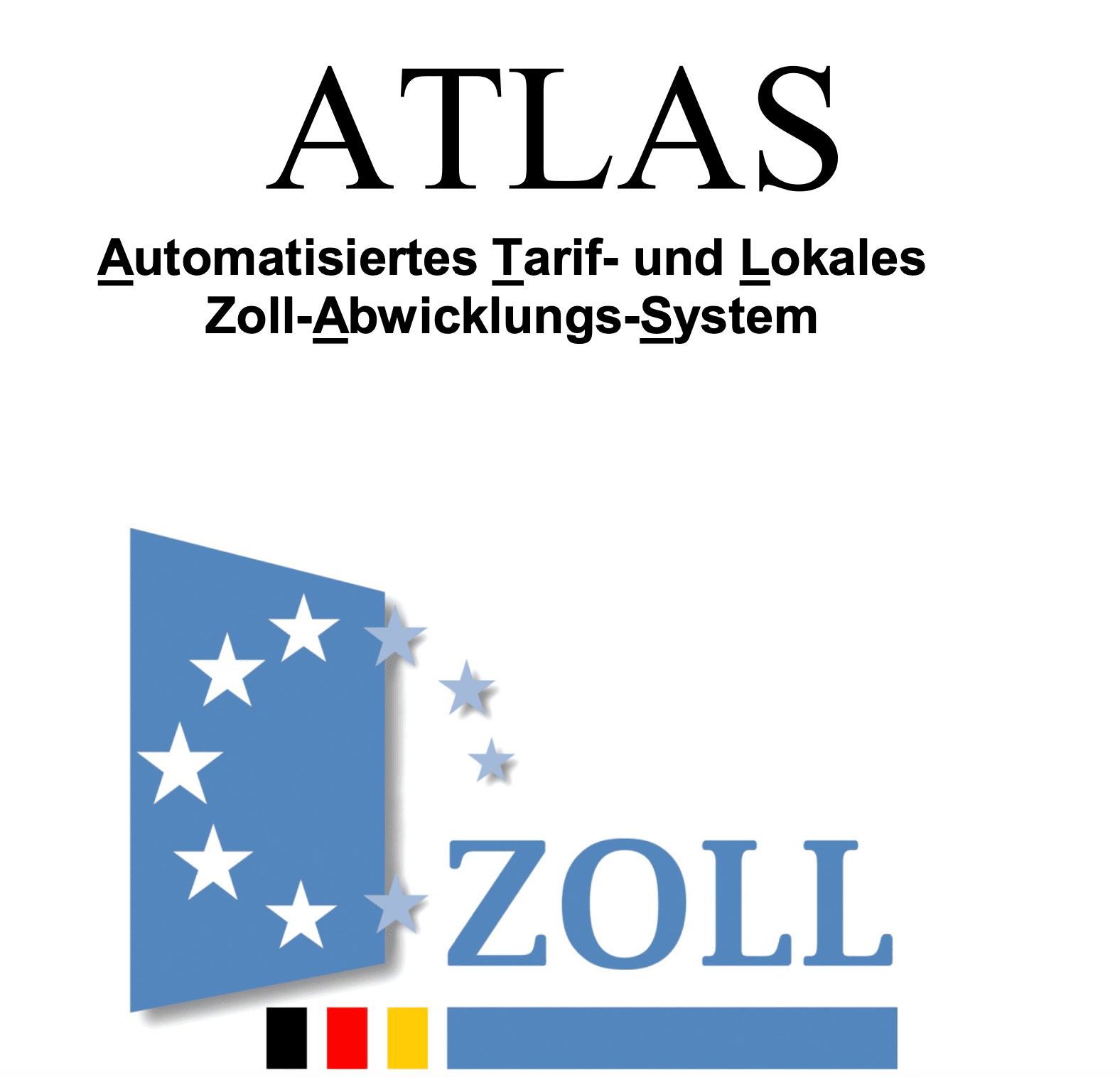How do I determine the correct customs tariff number?

It’s time to answer another question from my network: “Why can’t I just select the “cheaper” customs tariff number and what exactly is binding tariff information (BTI)?”
Each product can be assigned a customs tariff number. This harmonised (classification) system of the WCO – the World Customs Organisation – is used to determine the correct import duty rates and other measures such as import restrictions. It is precisely for these reasons that I cannot simply choose the “more favourable” tariff number, as this could result in import duties being withdrawn or other measures being circumvented.
For the correct classification in the customs tariff, some basic rules have therefore been laid down, the so-called “general rules” numbers 1 to 6. The application of these rules is intended to rule out the possibility of there being several or different tariff numbers for one and the same product.
If there are any doubts or uncertainties about the correct classification, you can apply to the customs authorities for binding tariff information. This officially determines which tariff number applies to the goods in question. It is generally valid for three years and, once issued, is binding for both parties, i.e. the economic operator and the customs authorities throughout the Union.
In practice, however, some classification decisions are not always comprehensible and sometimes very surprising.
I look forward to hearing about your experiences and examples. Feel free to write me a comment!
